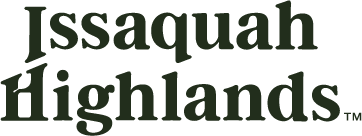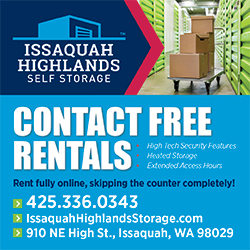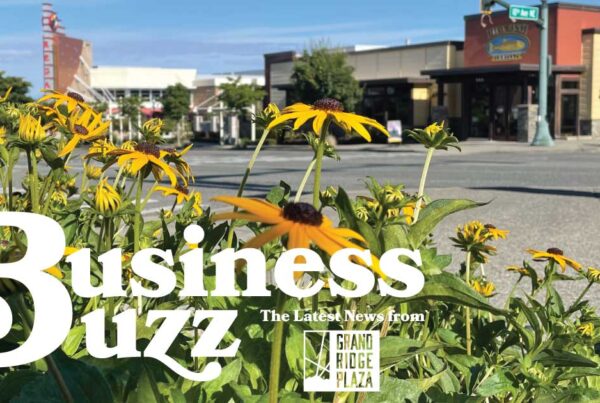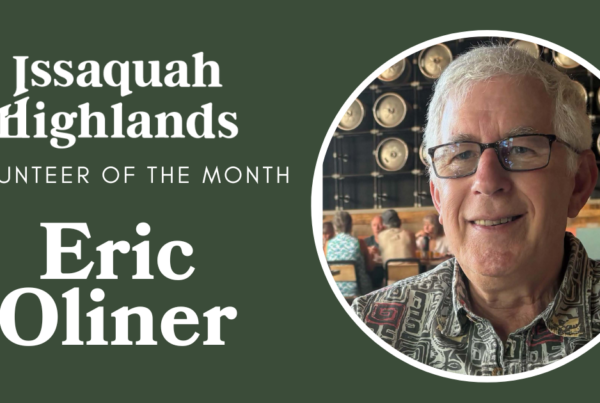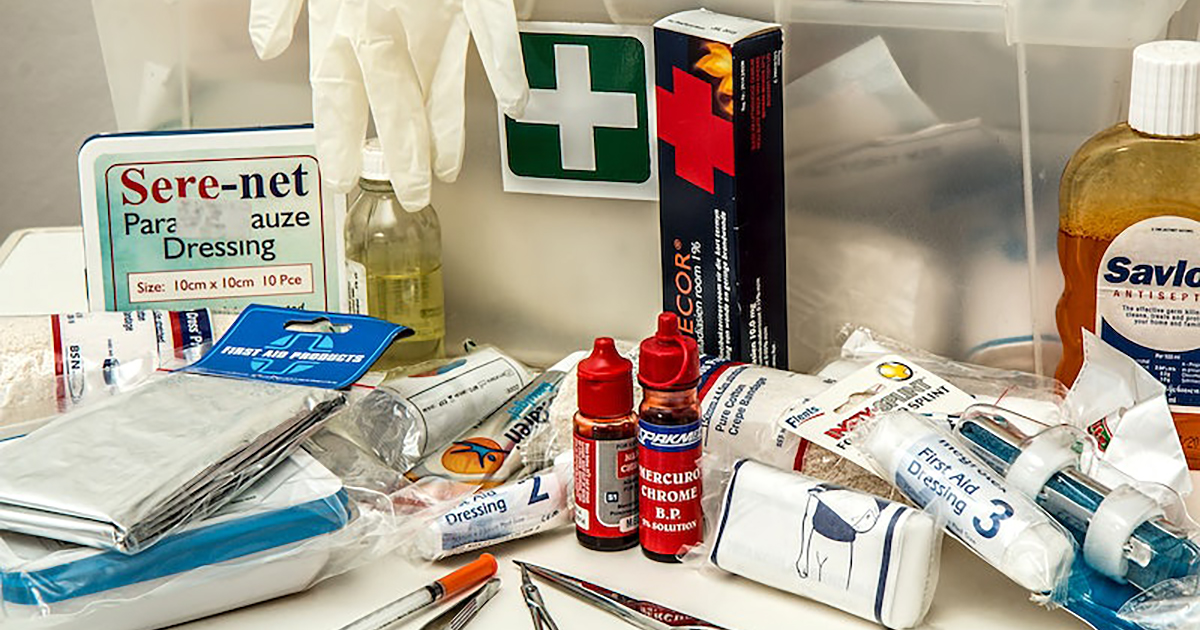
This is the fifth installment of this series documenting a 12-month community preparedness journey.
Hello again, prepping friends! This time around, we are going to go over one of the most important pieces of your emergency preparedness bin: FIRST AID.
In my opinion, having a fully stocked medical kit is one of the best investments you can make. It’s something you will use over and over again in normal daily life, and something you will be grateful for in the event of an emergency.
You probably already own some sort of basic first aid kit. If not, here is a list of some things to start with (similar lists can also be found at redcross.org and ready.gov):
- Antibiotic ointment
- Antiseptic cleansing wipes
- Hydrocortisone
- Burn cream
- Assorted adhesive bandages
- Steri strips
- Triangular sling/bandages
- Trauma pads, 5″ x 9″
- Assorted gauze dressing pads & bandages
- First aid tape
- Instant cold & hot compresses
- OTC meds like Tylenol, Benadryl, Aspirin, etc.
- Thermometer
- Penlight
- Scissors
- Tweezers
- Nitrile gloves
- Surgical masks
- Hand sanitizer
- Emergency first aid guide
Ensuring you have Band-Aids, antibacterial ointment and gauze on-hand is a great place to start! But to be truly prepared, you’ll want to add more to this basic list. I recommend starting slowly and adding a few items every time you go to the store, or as your finances allow. Copy these lists onto your Notes app in your phone and check them off as you go.
Below is a list of additional items that will expand your kit to cover more than just common injuries.
- CPR barrier (adult and child sizes)
- Emergency blanket
- Tourniquet
- QuikClot bleeding control
- Trauma dressings, 12” x 30”
- Israeli bandages
- Irrigation syringes w/ sterile saline (to clean wounds)
- Chest seal
- ZipStitch or Zzips wound closure devices
- Sterile, disposable staple gun and remover
- Burn dressings
- Additional types of medical tape
- Coban (self-adhering wraps)
- Medical grade super glue
- Lidocaine and/or anesthetic spray
- Antiseptic solutions/washes (Hibiclens, etc.)
- Alcohol wipes
- Iodine wipes
- Eyewash and sterile eye pads
- Insect sting, splinter and/or tick remover kits
- Assorted splints
- Fold flat neck collar
- Moleskin or other forms of blister prevention
- Liquid bandage
- Activated charcoal
- Blood pressure cuff and stethoscope
- Pulse oximeter
- NIOSH approved N95 face masks and face shields
- Nutritional supplements and vitamins
- Expand to add more OTC meds such as Imodium, decongestants and cold/flu remedies, heartburn medications, laxatives, Uristat, etc.
- Eye and ear drops
- Mupirocin (prescription antibiotic ointment)
- Anti-fungal cream
- Meclizine (anti-nausea medication)
- Dental needs (temporary tooth filling and crown kit, clove oil, dental mirror and explorer, Orajel, cotton rolls, etc.)
- Instant glucose
- Local honey
- Rehydration packs and water purification tablets
While you can purchase pre-made deluxe kits, you don’t have to spend big bucks to end up with something top-notch. There are many ways to save on what you need. One idea is buying in bulk and sharing costs with a few neighbors, friends or family. That really helps decrease the overall price per item.
Pay attention to sales flyers or save items in your Amazon cart to be alerted when they go down in price. You can also save some cash by purchasing items at the dollar store. This is a great option for easy-to-store individual doses of medications like antihistamines, aspirin and Tylenol as well as elastic bandages and eye wash.
You may want to create additional smaller kits depending on your needs and activities. For example: putting a sports kit in your car is smart if your children participate in athletic activities, and a small hiking kit is important to have if you love the outdoors.
These lists don’t contain every single thing you could ever need, but they will cover most injuries and illnesses that can be treated without a professional. You can expand this as needed depending on your skills and training as well as family size and personal medical history. And don’t forget to replenish what you use, so you always have a fully stocked kit.
A few things to keep in mind if you ever find yourself in an emergency situation – Stay CALM, be CAREFUL and take extra good CARE of yourself and your loved ones. Avoiding the need to use your supplies is the best advice I can give.
I hope you found this helpful. Join me next time when I go over sanitization and personal hygiene—another really important step in making sure you are prepared for anything!
Johnna Masterson is owner of Inspired and Organized, and a Central Park resident.
